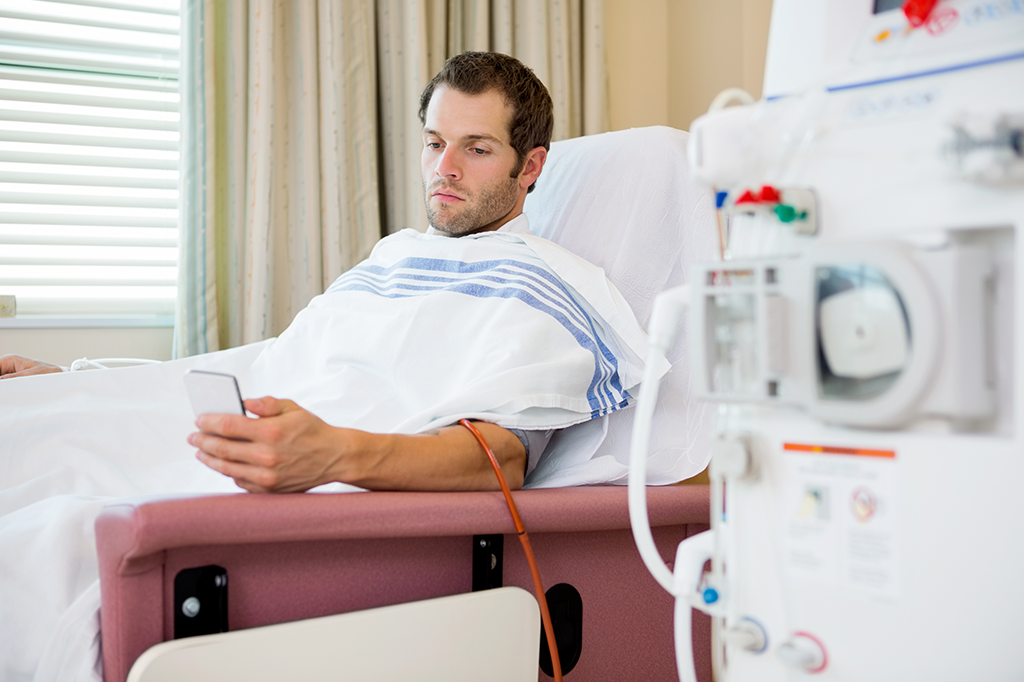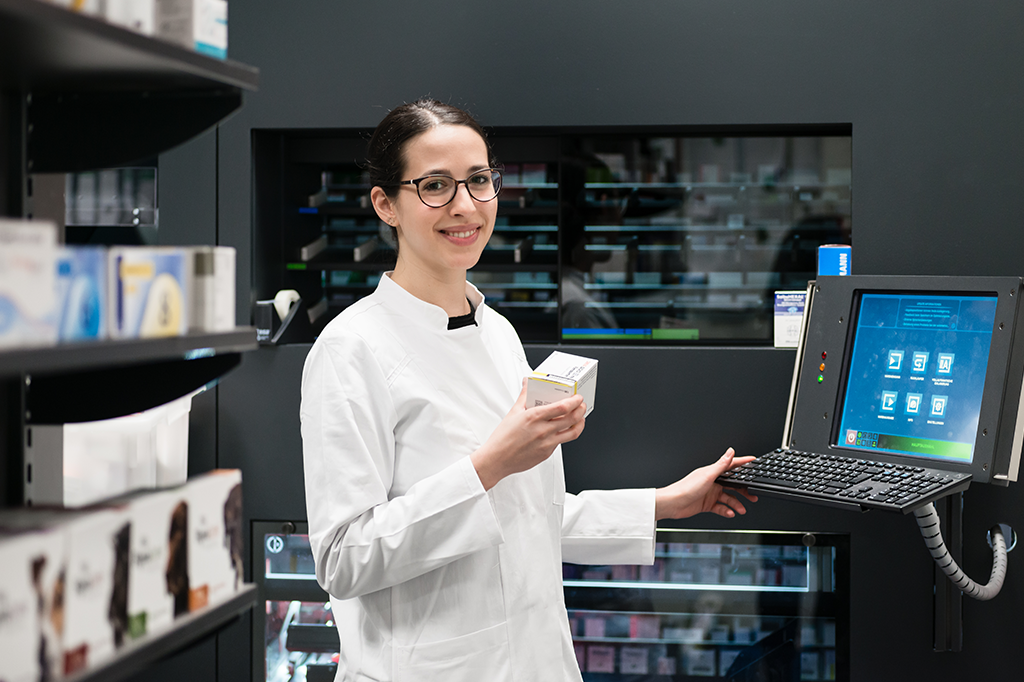The IoT has opened up a world of possibilities in medicine.
Healthcare providers have always been skeptical about embracing new technologies. The Internet of Things (IoT) is no exception. The truth, however, is that this revolutionary technology can bring significant benefits to the healthcare industry if effectively implemented.
The IoT comprises of smart devices embedded with cloud connectivity capabilities. These devices are intelligent enough to perform a given function, collect data, and transmit the data to a network where it can effectively be used to aid several healthcare processes. There are numerous successful case applications of IoT in the healthcare industry, of which the following three are the most widely acknowledged:
Improved Diagnosis and Treatment

Medical device manufacturers are already creating connected medical devices that can improve the overall diagnostic and treatment process for patients. For instance, capsule endoscopy is a breakthrough intervention and a perfect application of IoT in the healthcare setting. A small vitamin-sized pill with a miniature camera is swallowed by the patient, which is connected to an external monitor. This camera is capable of taking hundreds and thousands of pictures of the patient’s digestive tract, which can then be reviewed by physicians to screen for diseases as serious as colon cancer. The technology fundamentally applies machine learning technology to automate the image analyses, thereby supporting the doctors in conducting more accurate diagnoses and devise more effective treatment plans.
Remote Monitoring of Chronic Diseases

Patients with chronic diseases can be remotely monitored through connected, wearable medical devices. These diseases include diabetes, hypertension, obesity, heart problems, and other such chronic conditions. For instance, wearable devices that monitor blood glucose levels continuously can actively collect vital patient real time data collection and transmit it to clinicians over a connected network for better monitoring of the chronic condition. Similarly, for patients with chronic heart problems, a connected pacemaker can be fitted onto their chests, which can send timely alerts to the providers when the patient experiences cardiac arrhythmia. Wearable technology, therefore, has the potential to save lives and free up space in hospitals through remote patient monitoring.
Effective Drug Management

IoT is also playing an integral role in drug management and patient safety. Digital pills are the perfect manifestation of IoT’s application in the domain of drug management. These pills are embedded with sensors that emit electronic signals as they come into contact with the patient’s stomach acid (after being swallowed, of course). Only a few moments later, the signals are transmitted to a wearable patch on the patient’s skin, which then sends it to a mobile app that is shared with the providers. This type of monitoring system is especially useful for monitoring the patient’s compliance with the drug programs, while also verifying that proper dosage was taken. Moreover, such a drug management system is typically useful for at-risk populations who require constant monitoring and extra supervision to follow their prescriptions, such as patients with Alzheimer’s disease.
The efficient application of connected medical devices in the context of healthcare is significantly transforming the care delivery model. The IoT has opened up a world of possibilities in medicine. Once connected to the internet, ordinary medical devices become capable of collecting invaluable data, offering meaningful insights into symptoms and trends, enabling remote care, and significantly improving patient outcomes.

Join the Discussion!